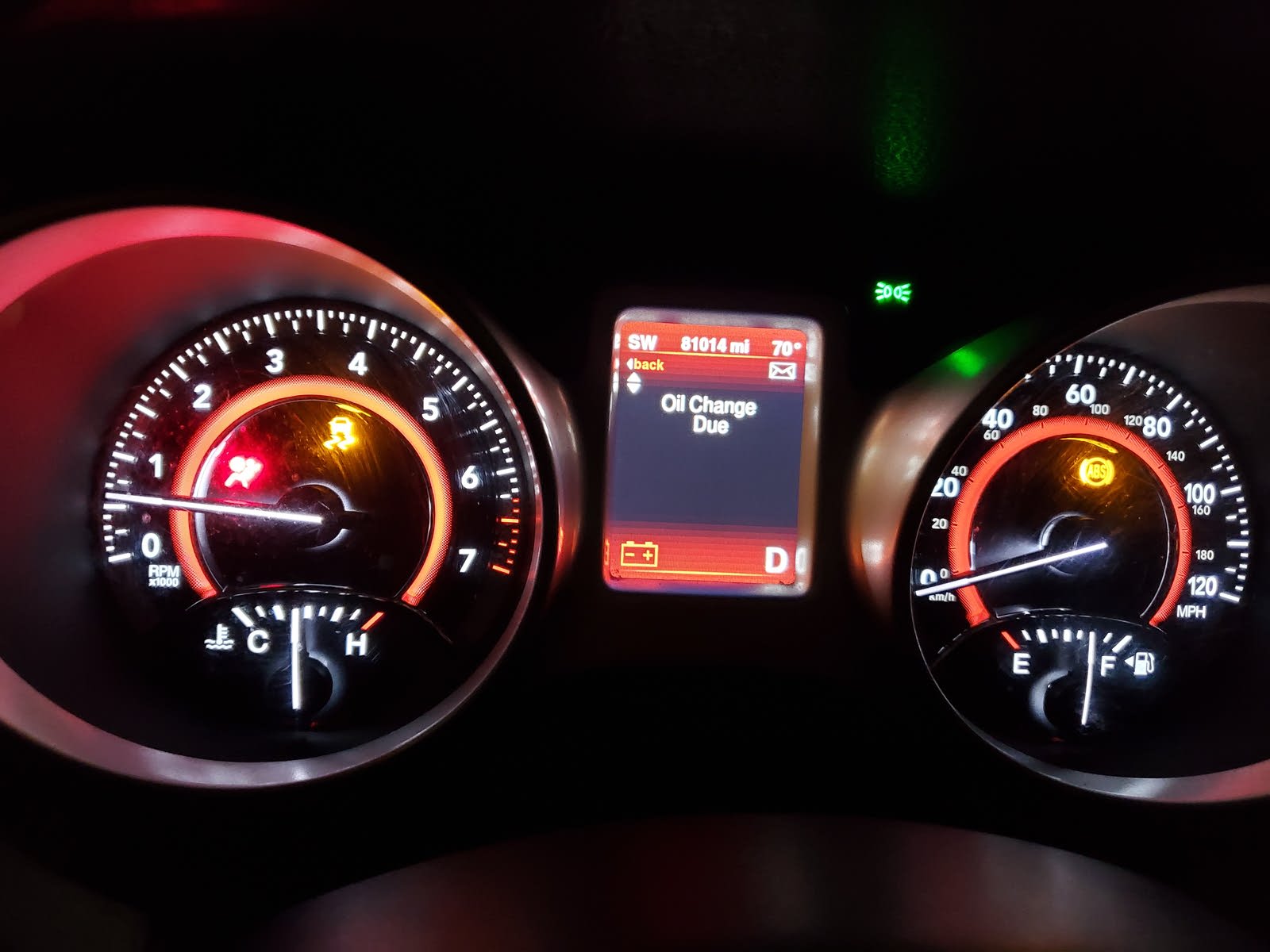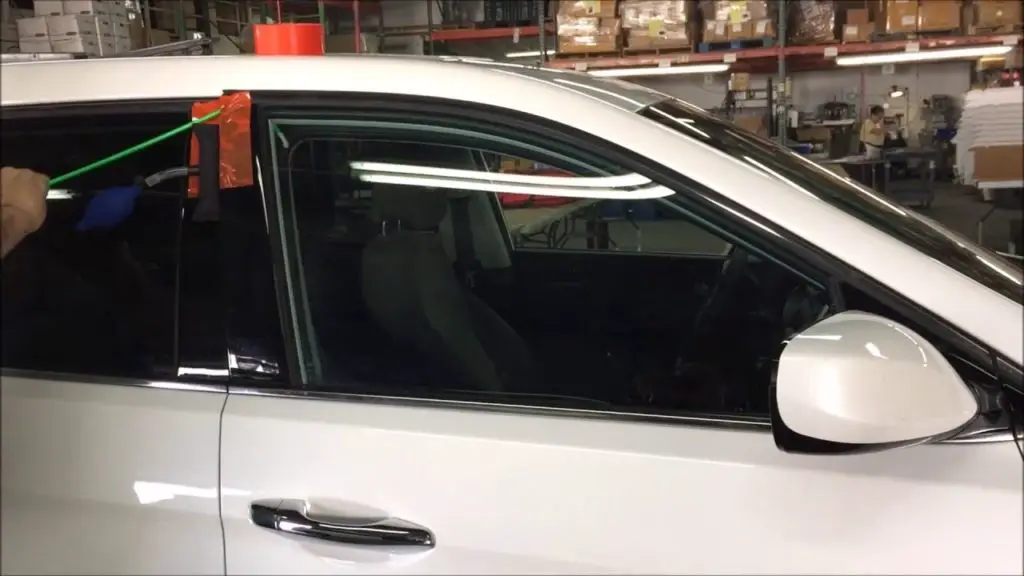Battery Saver Mode helps conserve battery life by managing power usage. It activates when the vehicle detects low battery voltage. Sometimes, it may need a reset to clear any glitches or errors. Resetting the system can restore normal functionality and ensure the vehicle operates efficiently.
Regular maintenance of the battery and electrical system can prevent issues. Always consult the vehicle’s manual for detailed instructions and safety precautions. Maintaining a healthy battery is crucial for the performance and reliability of your Dodge Journey.
Step-by-step To Reset Battery Saver Mode on Dodge Journey
When your Dodge Journey enters Battery Saver Mode, it indicates that the vehicle is attempting to conserve power due to low battery voltage or electrical issues. To reset Battery Saver Mode, you typically need to address the underlying cause.
Here’s how to troubleshoot and reset it:
Steps to Reset Battery Saver Mode:
-
Turn Off All Accessories
- Start by turning off non-essential electrical components like the radio, air conditioning, and lights to reduce the battery load.
-
Check the Battery Condition
- Inspect the battery for signs of wear or corrosion. If the battery is old, weak, or damaged, it may need to be replaced.
- Use a multimeter to test the battery voltage. A healthy battery should read around 12.6 volts with the engine off.
-
Inspect and Clean Battery Terminals
- Ensure that the battery terminals are clean and securely connected. Corrosion or loose cables can prevent the battery from charging properly.
- If there is corrosion, clean the terminals using a battery terminal cleaner or a mixture of baking soda and water.
-
Test the Alternator
- The alternator charges the battery while the engine is running. If it’s failing, the battery won’t charge properly. Have the alternator tested at a local auto parts store or with a multimeter. A properly functioning alternator should read between 13.8 and 14.5 volts when the engine is running.
-
Disconnect and Reconnect the Battery
- Turn off the vehicle and disconnect the negative battery terminal for about 10-15 minutes. This may help reset the vehicle’s electronic systems.
- Reconnect the battery terminal and start the vehicle to see if Battery Saver Mode has cleared.
-
Check for Parasitic Drain
- Ensure that no accessories or electrical components are draining the battery when the vehicle is off. This can include things like interior lights, aftermarket electronics, or faulty modules.
-
Perform a Hard Reset of the Vehicle’s Electronics
- To reset the vehicle’s electronic control system (ECU), disconnect both the positive and negative battery terminals. Then, press and hold the brake pedal for 30 seconds to fully discharge any remaining electrical power.
- Reconnect the battery terminals and start the vehicle. This can sometimes reset Battery Saver Mode if it was triggered by an electronic glitch.
-
Professional Diagnostic Test
- If the problem persists, take the vehicle to a professional mechanic or dealership to run a diagnostic scan. There could be a deeper electrical or sensor issue that needs to be addressed.
Preventing Future Battery Saver Mode Activation:
- Regularly inspect and maintain your battery and alternator.
- Keep electrical accessories to a minimum when the vehicle is off.
- Address any dashboard warning lights promptly.
By following these steps, you can reset Battery Saver Mode on your Dodge Journey and address any underlying issues that may have caused it.
Why Does Dodge Journey to Into Battery Saver Mode
The Battery Saver Mode in a Dodge Journey activates to conserve battery power when the system detects low battery voltage or an electrical issue. It ensures that essential systems like the engine, headlights, and critical electronics have enough power to function properly. Here are some common reasons why your Dodge Journey might go into Battery Saver Mode:
1. Low Battery Charge
When the battery is low on charge, the system enters Battery Saver Mode to prevent a complete drain. This can happen due to:
- A weak or old battery.
- The vehicle not being driven for an extended period.
- Extreme cold or heat affecting the battery’s ability to hold a charge.
2. Faulty Alternator
The alternator is responsible for recharging the battery while the engine is running. If the alternator is malfunctioning, the battery won’t receive enough charge, causing the car to enter Battery Saver Mode to conserve energy.
3. Excessive Electrical Load
Running too many electrical systems simultaneously (e.g., headlights, air conditioning, radio) can put strain on the battery. The vehicle may switch to Battery Saver Mode to reduce the load on the battery and prevent a complete drain.
4. Parasitic Drain
A parasitic drain occurs when electrical components (like lights, a stereo, or aftermarket devices) continue to draw power from the battery when the vehicle is off. Over time, this can deplete the battery, leading to Battery Saver Mode activation.
5. Corroded or Loose Battery Connections
Corroded or loose battery terminals can prevent the alternator from charging the battery effectively, causing low voltage and triggering Battery Saver Mode.
6. Faulty Sensors or Wiring Issues
Modern vehicles, including the Dodge Journey, rely on sensors to monitor battery health. A faulty sensor or wiring issue may falsely detect low battery voltage, causing the system to enter Battery Saver Mode even if the battery is healthy.
What Happens When Battery Saver Mode Activates:
- Non-essential electrical systems like the radio, air conditioning, or heated seats may be disabled or restricted.
- Warning lights or messages might appear on the dashboard.
How to Fix Battery Saver Mode:
- Check the Battery: Ensure the battery is fully charged and in good condition.
- Test the Alternator: Make sure the alternator is functioning correctly and charging the battery.
- Reduce Electrical Load: Turn off unnecessary electrical components.
- Inspect for Parasitic Drains: Check if any electronics are draining the battery when the vehicle is off.
- Clean and Tighten Battery Terminals: Ensure there are no loose connections or corrosion around the battery terminals.
If Battery Saver Mode continues to activate, it’s best to have a mechanic perform a diagnostic to determine if there’s a more complex electrical or battery issue.
you can read more about to get out from battery saver mode

Credit: www.cargurus.com
Frequently Asked Questions (FAQs)
How Do I Get Out Of Battery Saver Mode?
To exit battery saver mode, go to Settings, select Battery, and turn off Battery Saver. This restores normal performance.
Why Does My Dodge Journey Say Battery Saver Mode?
Your Dodge Journey says battery saver mode to prevent battery drain. It activates when the battery charge is low.
What Causes A Car To Go Into Battery Saver Mode?
A car goes into battery saver mode due to low battery voltage, faulty alternator, or excessive power consumption.
What Does It Mean When Your Car Says Battery Saver System Off?
“Battery saver system off” means the feature designed to conserve battery power is disabled. Your car’s battery might drain faster.
Conclusion
Resetting the Battery Saver Mode on your Dodge Journey is straightforward. Follow the steps mentioned for optimal performance. Regular maintenance helps prevent issues. Keep your vehicle in top shape by addressing these minor fixes. Enjoy a smoother driving experience with a properly functioning battery saver mode.
Happy driving!

